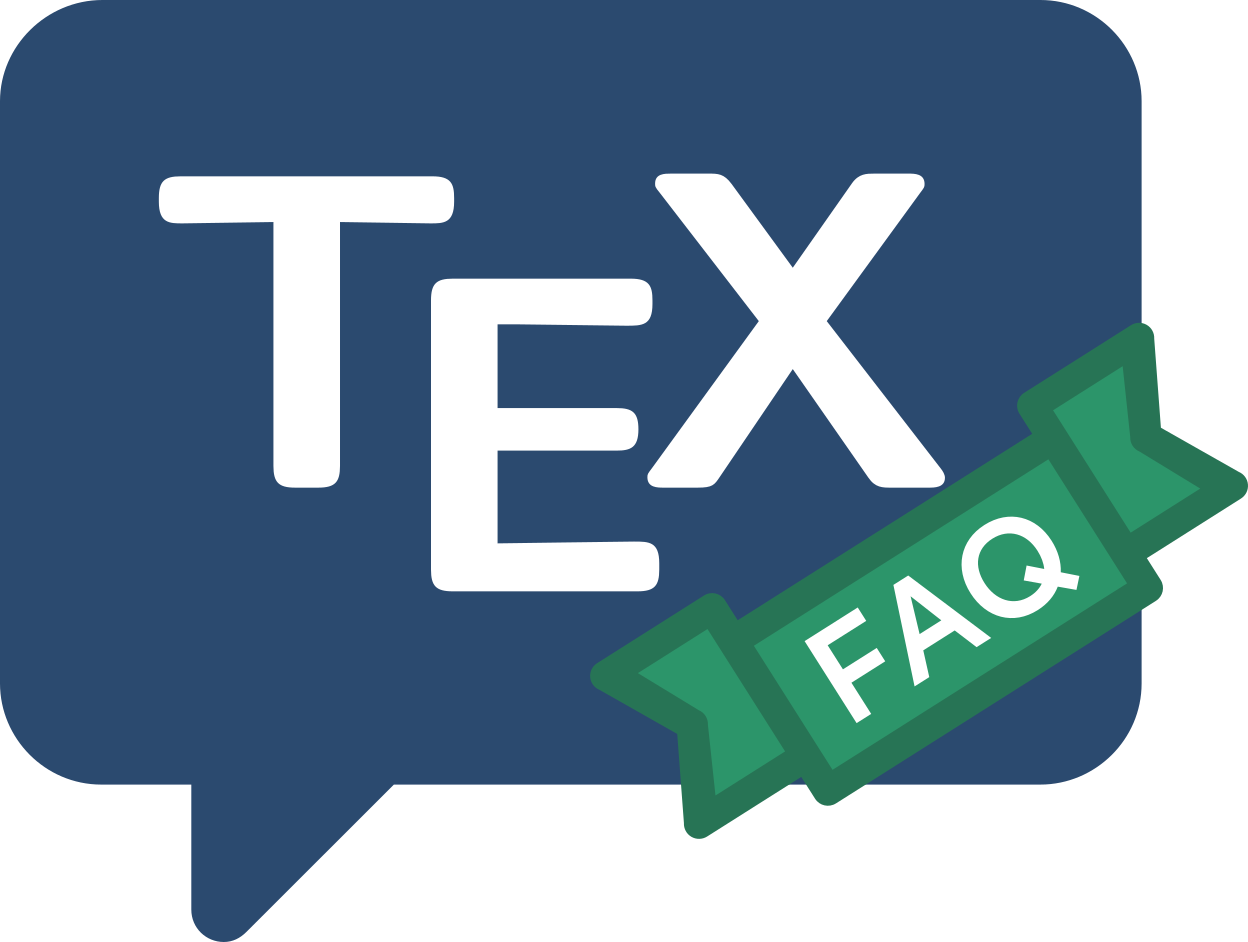
Frequently Asked Question List for TeX
Usage
Why use \[ …\] in place of $$ … $$?
LaTeX defines inline- and display-maths commands, apparently duplicating the TeX primitive maths sequences which surround maths commands with single (or pairs of) dollar signs.
In fact, LaTeX’s inline maths grouping,
\( ... \), has (almost) exactly the same effect as the
TeX primitive version $ ... $. (The exception:
the LaTeX version checks to ensure you don’t put \( and
\) the wrong way round; this does occasionally detect errors….)
Since this is the case, one often finds LaTeX users, who have some
experience of using Plain TeX, merely assuming that LaTeX’s
display maths grouping \[ ... \] may be replaced by
the TeX primitive display maths $$ ... $$.
Unfortunately, the assumption is wrong: some LaTeX code needs to
patch display maths, it can only do so by patching \[ and \]
(or their equivalents). Most obviously, the class option fleqn
simply does not work for equations coded using
$$ ... $$, whether you’re using the standard classes
alone, or using package amsmath. Also, the \[ and
\] construct has code for rationalising vertical spacing in some
extreme cases; that code is not provided $$ ... $$, so if
you use the Plain TeX version, you may occasionally observe
inconsistent vertical spacing. Similar behaviour can bite if you are
writing a proof; placing the “QED symbol” doesn’t work
if it is in $$-displayed maths.
There are more subtle effects (especially with package
amsmath), and the simple rule is “use
\[ ... \] (at least) whenever displayed maths is
needed in LaTeX”.
(Note that the sequence \[ ... \] is duplicated by
the displaymath environment, which can be said to “look
nicer”, and actually describes what’s being done.)
FAQ ID: Q-dolldoll